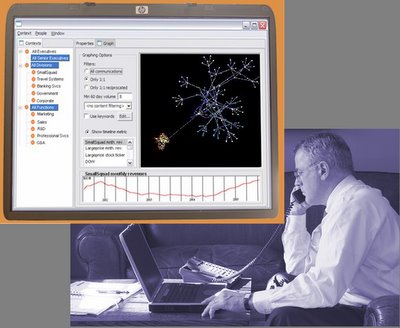The Connectedness staff is back at the blog after a wonderful summer vacation. While resting at the Omega Institute, I got a hoot reading Gordon Wood's pithy history, The American Revolution. I have been addicted to founding-father bios for a few years now. Reading this high-level overview of the period gave me new clarity on the hook of my addiction: The American Revolution is arguably the greatest organizational development case study of all time. This realization put a bit of a damper on the idea that I was actually vacationing, but I enjoyed the epiphany nonetheless.
There are parts of Wood's historical analysis that seem aimed more at our current administration than its forebears. Writing after the U.S. invasion of Afghanistan but before Iraq, Wood says:
There are parts of Wood's historical analysis that seem aimed more at our current administration than its forebears. Writing after the U.S. invasion of Afghanistan but before Iraq, Wood says:
British disadvantages [in 1775] were immense and perhaps overwhelming.... A well-trained army might have been able to to conquer the American forces, but... America itself was unconquerable. The great breadth of territory and the wild nature of the terrain made conventional maneuverings and operations difficult and cumbersome. The fragmented and local character of authority in America inhibited decisive action by the British. There was no nerve center anywhere whose capture would destroy the rebellion. The British generals came to see that engaging Washington's army in battle ought to be their main objective; but, said the British commander in chief, they did not know how to do it, "as the enemy moves with so much more celerity than we possibly can."For more on how Washington's tactics of 1776 are being used today by Hezbollah, Al Quaeda, and other social action groups, see "Networks, Netwars, and the Fight for the Future," which was originally recommended to me by Kate Ehrlich. When you read this paper, savor the irony of its opening line:
Netwar is an emerging mode of conflict in which the protagonists use network forms of organization, doctrine, strategy, and technology.... The practice of netwar is well ahead of theory, as both civil and uncivil society actors are increasingly engaging in this new way of fighting.This work is licensed under a Creative Commons Attribution-ShareAlike 2.5 License and is copyrighted (c) 2006 by Connective Associates except where otherwise noted.








